Villa Farnesina
Villa Farnesina: the Renaissance frescoes of the sixteenth century on mythological themes by Giulio Romano, Raffaellino del Colle and Giovan Francesco Penni (Loggia of Cupid and Psyche), Raphael and Sebastiano del Piombo (Loggia of Galatea), Baldassarre Peruzzi (Room of the Perspectices) and Sodoma (Alexander's Room).
90109_020.jpg
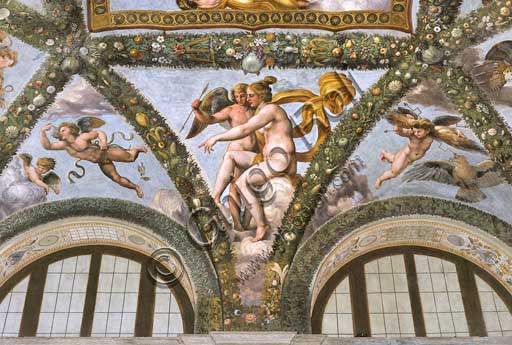
Rome, Villa Farnesina, Loggia of Cupid and Psyche: one vault...
add to lightbox
90109_018.jpg
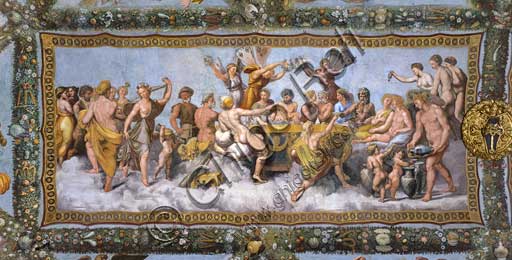
Rome, Villa Farnesina, Loggia of Cupid and Psyche: view of t...
add to lightbox
90109_016.jpg
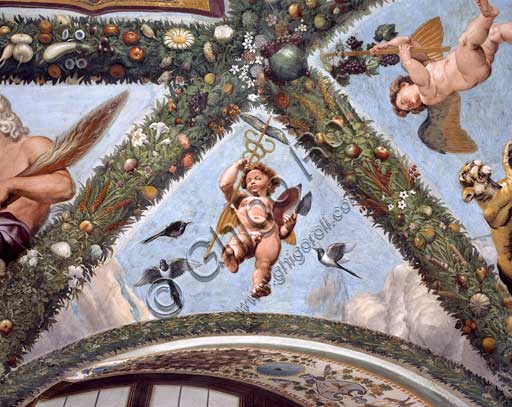
Rome, Villa Farnesina, Loggia of Cupid and Psyche: one vault...
add to lightbox
90109_015.jpg
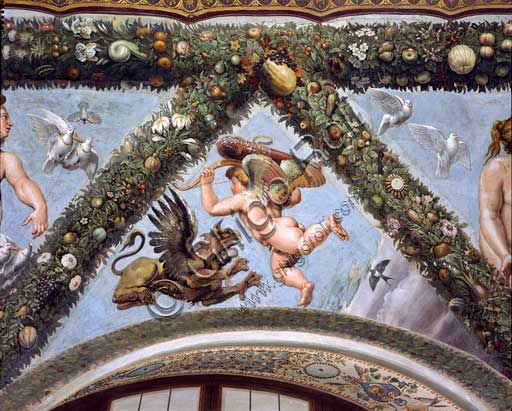
Rome, Villa Farnesina, Loggia of Cupid and Psyche: one vault...
add to lightbox
90109_014.jpg
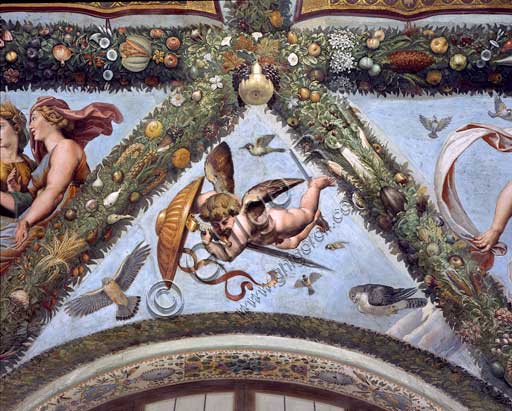
Rome, Villa Farnesina, Loggia of Cupid and Psyche: one vault...
add to lightbox
90109_013.jpg
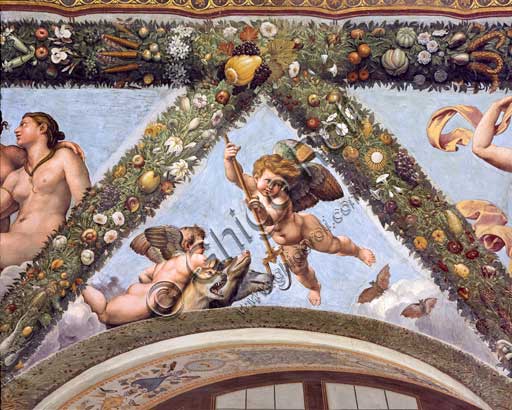
Rome, Villa Farnesina, Loggia of Cupid and Psyche: one vault...
add to lightbox
90109_012.jpg
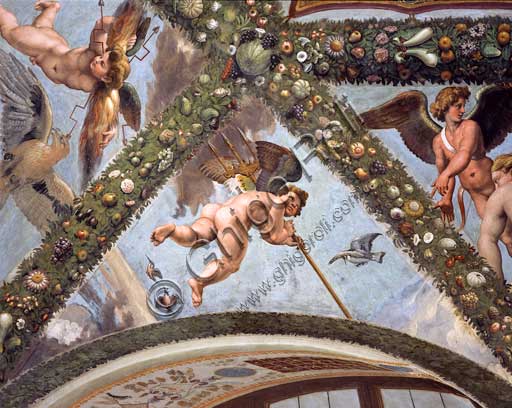
Rome, Villa Farnesina, Loggia of Cupid and Psyche: one vault...
add to lightbox
90109_011.jpg
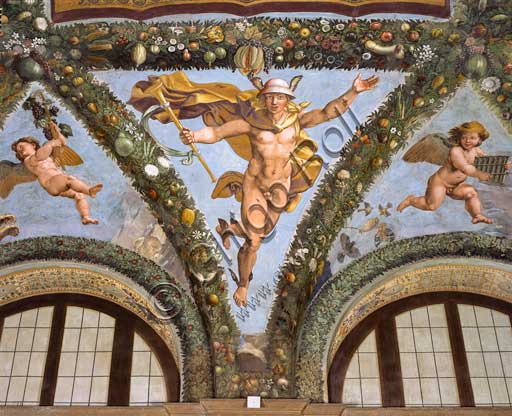
Rome, Villa Farnesina, Loggia of Cupid and Psyche: one vault...
add to lightbox
90109_010.jpg
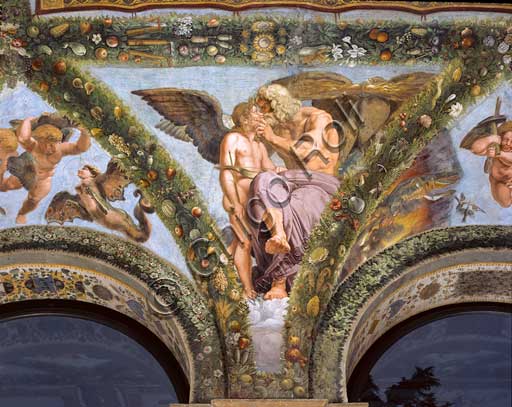
Rome, Villa Farnesina, Loggia of Cupid and Psyche: one vault...
add to lightbox
90109_009.jpg
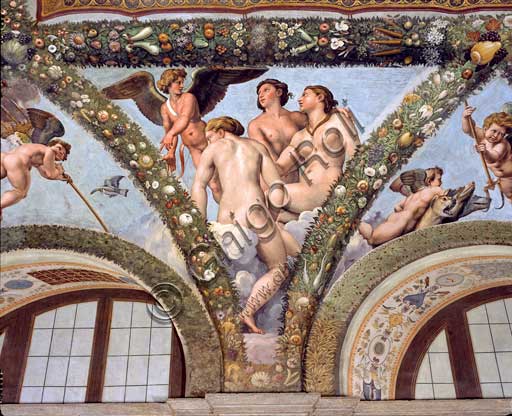
Rome, Villa Farnesina, Loggia of Cupid and Psyche: one vault...
add to lightbox
90109_008.jpg
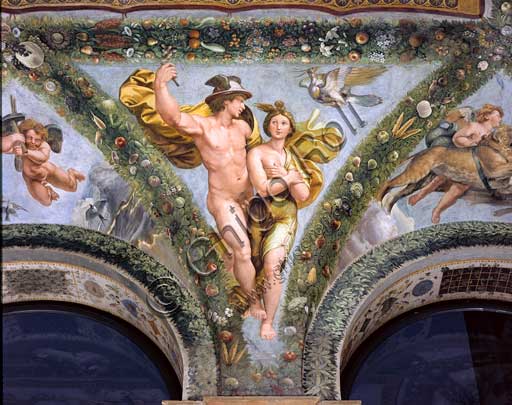
Rome, Villa Farnesina, Loggia of Cupid and Psyche: one vault...
add to lightbox
90109_007.jpg
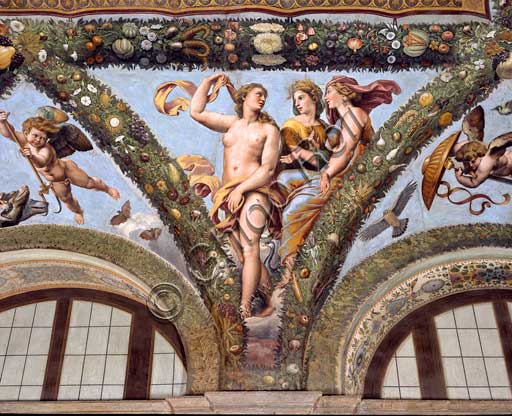
Rome, Villa Farnesina, Loggia of Cupid and Psyche: one vault...
add to lightbox
90109_006.jpg
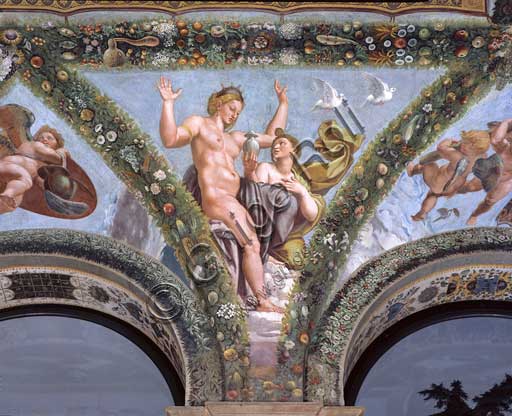
Rome, Villa Farnesina, Loggia of Cupid and Psyche: one vault...
add to lightbox
90109_005.jpg
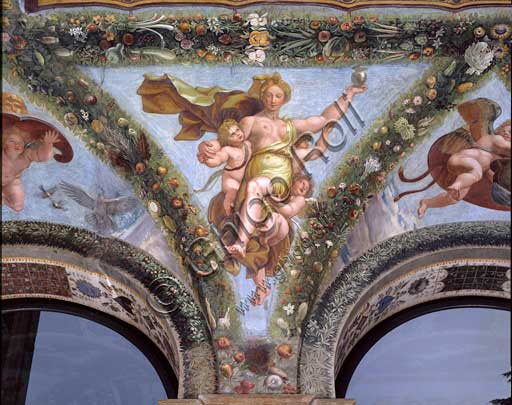
Rome, Villa Farnesina, Loggia of Cupid and Psyche: one vault...
add to lightbox
90109_004.jpg
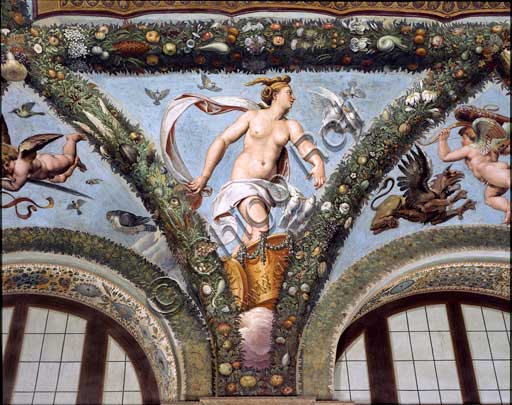
Rome, Villa Farnesina, Loggia of Cupid and Psyche: one vault...
add to lightbox
90109_003.jpg
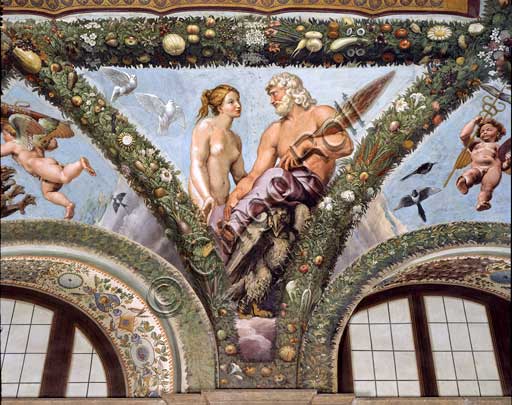
Rome, Villa Farnesina, Loggia of Cupid and Psyche: one vault...
add to lightbox
90109_002.jpg
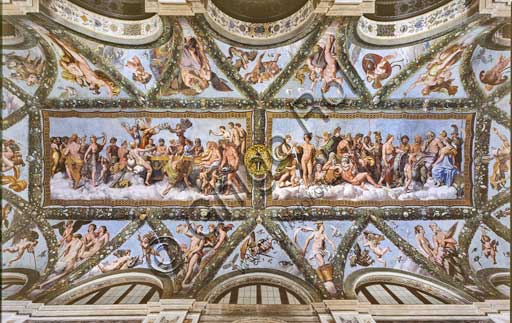
Rome, Villa Farnesina, Loggia of Cupid and Psyche: view of t...
add to lightbox
90109_0017.jpg
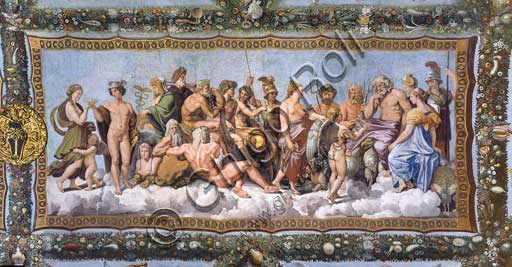
Rome, Villa Farnesina, Loggia of Cupid and Psyche: view of t...
add to lightbox
90109_001-B.jpg
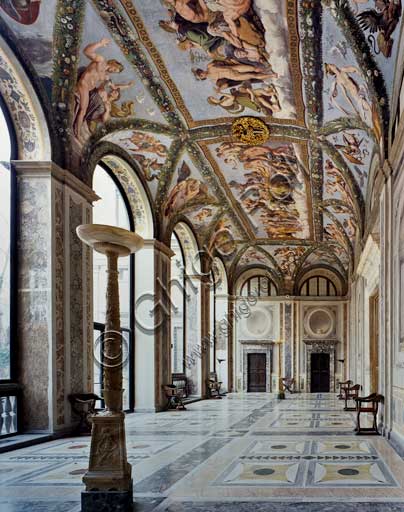
Rome, Villa Farnesina: view of the Loggia of Cupid and Psych...
add to lightbox
90109_001-.jpg
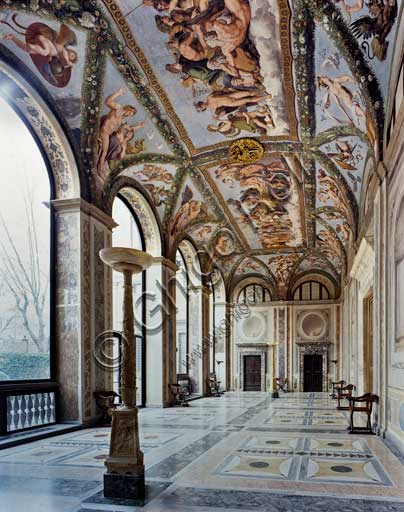
Rome, Villa Farnesina: view of the Loggia of Cupid and Psych...
add to lightbox
20225_0198.jpg
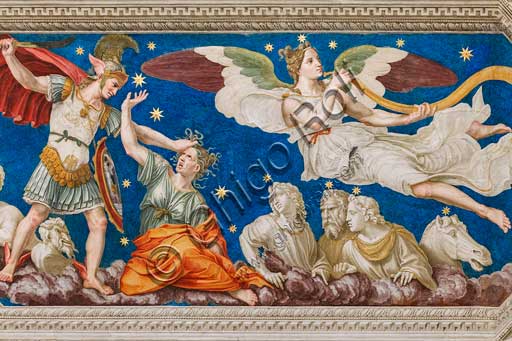
Rome, Villa Farnesina, the Loggia of Galatea, detail of the...
add to lightbox
20225_0195.jpg
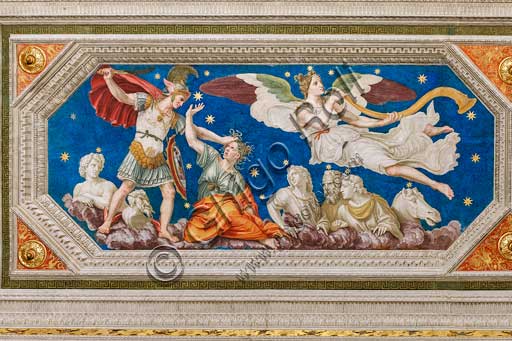
Rome, Villa Farnesina, the Loggia of Galatea, detail of the...
add to lightbox
20225_0194.jpg
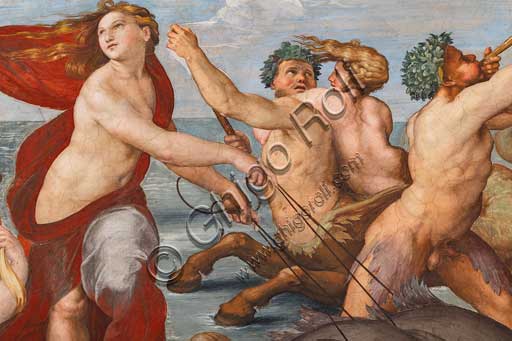
Rome, Villa Farnesina, the Loggia of Galatea: "The Triumph...
add to lightbox
20225_0193.jpg
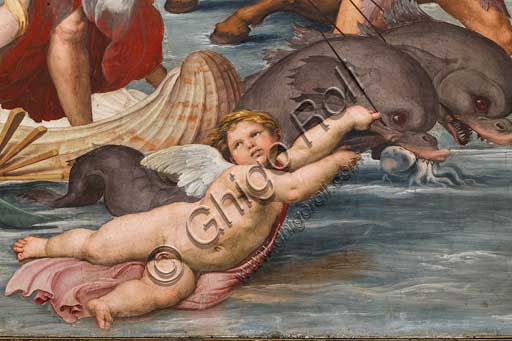
Rome, Villa Farnesina, the Loggia of Galatea: "The Triumph...
add to lightbox
20225_0192.jpg
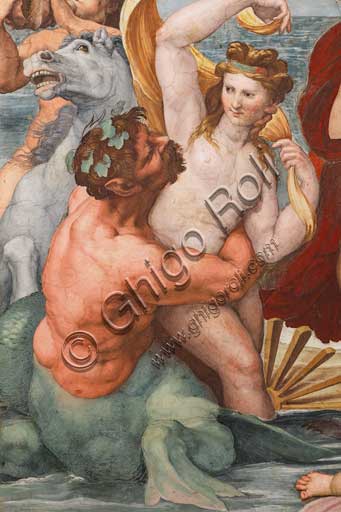
Rome, Villa Farnesina, the Loggia of Galatea: "The Triumph...
add to lightbox
20225_0189.jpg
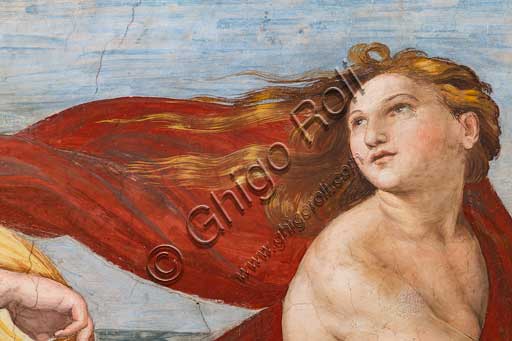
Rome, Villa Farnesina, the Loggia of Galatea: "The Triumph...
add to lightbox
20225_0188.jpg
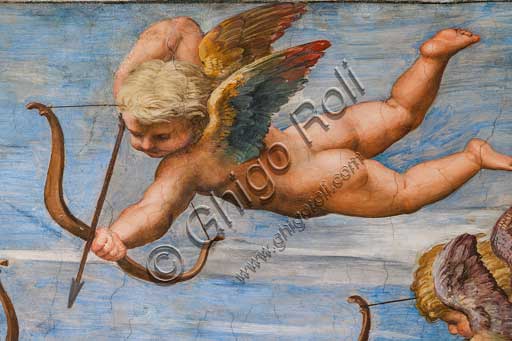
Rome, Villa Farnesina, the Loggia of Galatea: "The Triumph...
add to lightbox
20225_0187.jpg
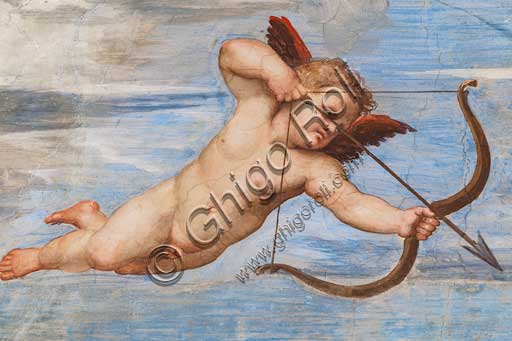
Rome, Villa Farnesina, the Loggia of Galatea: "The Triumph...
add to lightbox
20225_0186.jpg
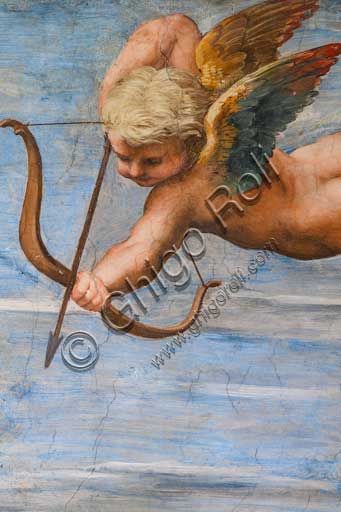
Rome, Villa Farnesina, the Loggia of Galatea: "The Triumph...
add to lightbox
20225_0185.jpg
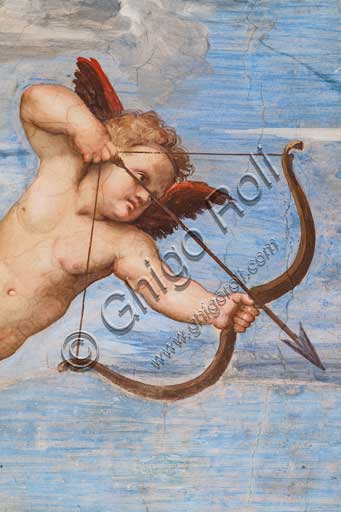
Rome, Villa Farnesina, the Loggia of Galatea: "The Triumph...
add to lightbox
20225_0184.jpg
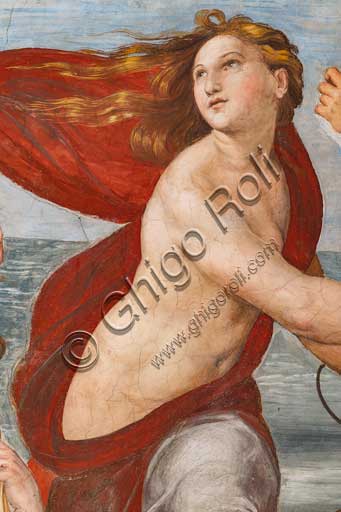
Rome, Villa Farnesina, the Loggia of Galatea: "The Triumph...
add to lightbox
20225_0182.jpg
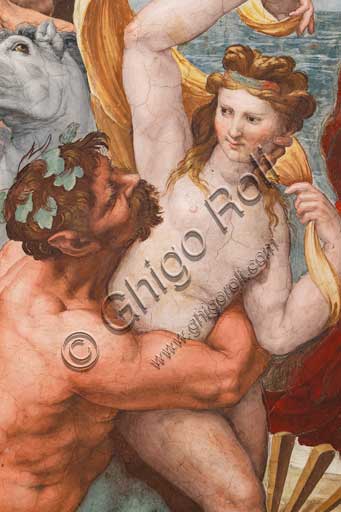
Rome, Villa Farnesina, the Loggia of Galatea: "The Triumph...
add to lightbox
20225_0179.jpg
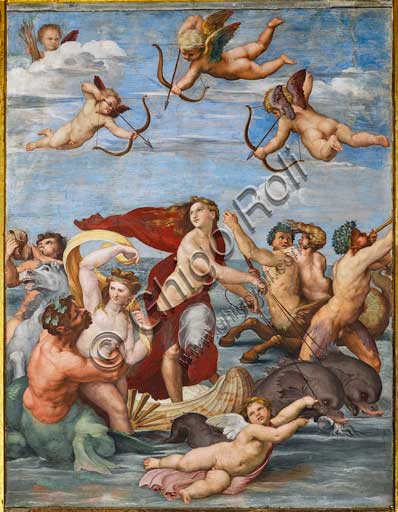
Rome, Villa Farnesina, the Loggia of Galatea: "The Triumph...
add to lightbox
20225_0179-.jpg
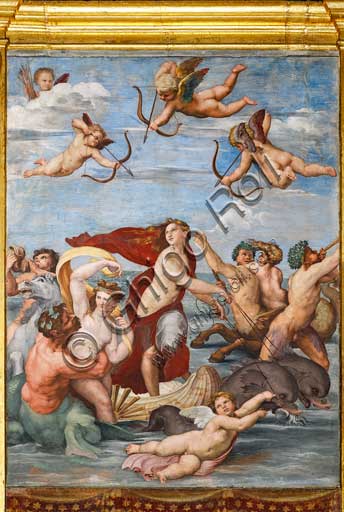
Rome, Villa Farnesina, the Loggia of Galatea: "The Triumph...
add to lightbox
20225_0178.jpg
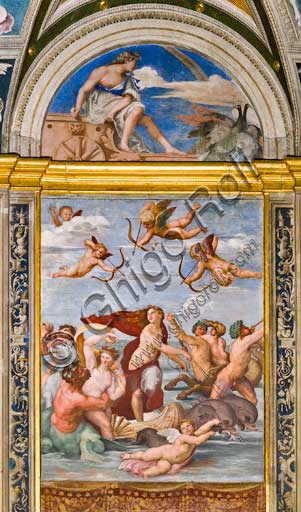
Rome, Villa Farnesina, the Loggia of Galatea: "The Triumph...
add to lightbox
20225_0160.jpg
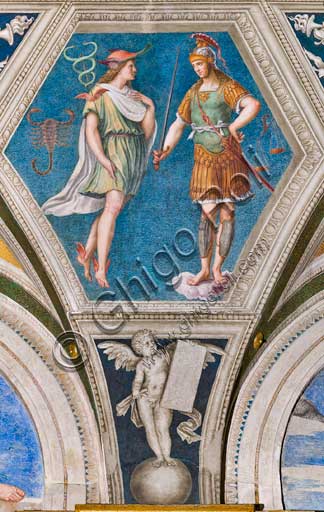
Rome, Villa Farnesina, the Loggia of Galatea, detail of the...
add to lightbox
20225_0159.jpg
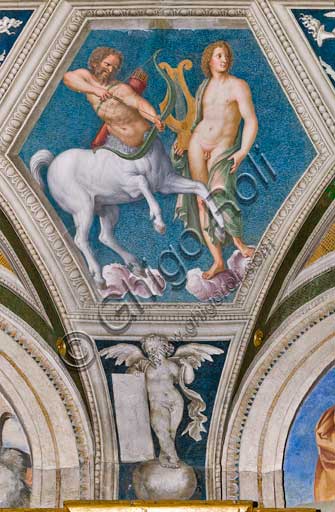
Rome, Villa Farnesina, the Loggia of Galatea, detail of the...
add to lightbox
20225_0156.jpg
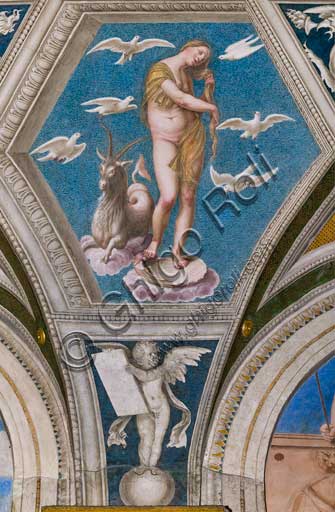
Rome, Villa Farnesina, the Loggia of Galatea, detail of the...
add to lightbox
20225_0145.jpg
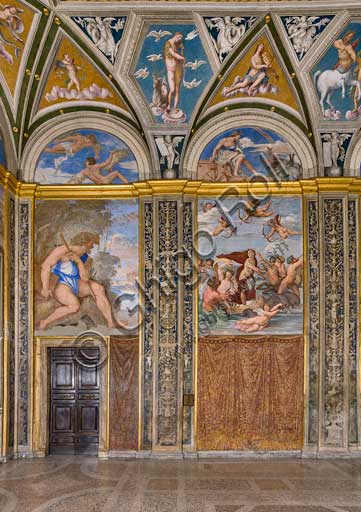
Rome, Villa Farnesina, the Loggia of Galatea: frescoes.On th...
add to lightbox
20225_0129-132Median.jpg
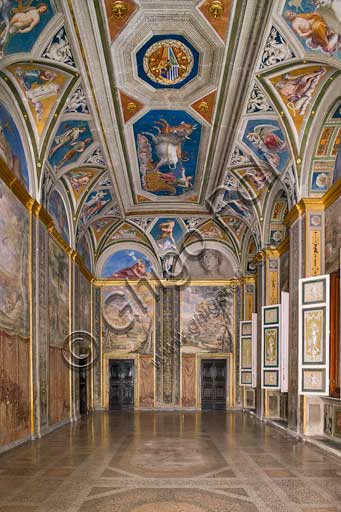
Rome, Villa Farnesina: the Loggia of Galatea. The Loggia ia...
add to lightbox
20225_0116.jpg
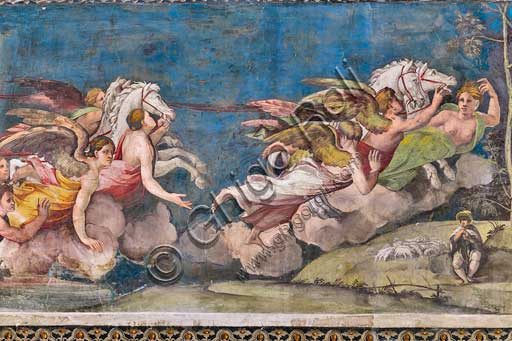
Rome, Villa Farnesina, The Hall of Perspectives: the ample f...
add to lightbox
20225_0115.jpg
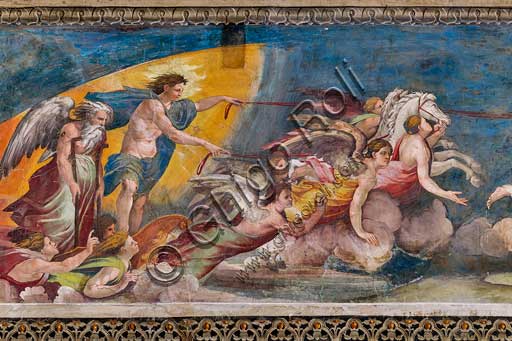
Rome, Villa Farnesina, The Hall of Perspectives: the ample f...
add to lightbox
20225_0114.jpg
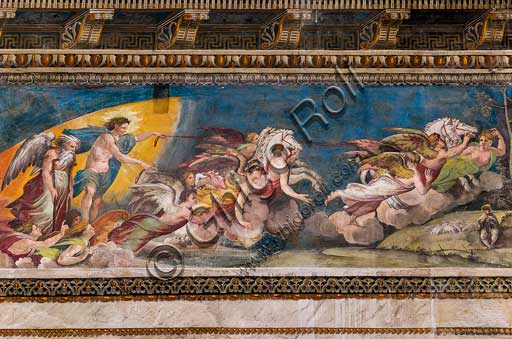
Rome, Villa Farnesina, The Hall of Perspectives: the ample f...
add to lightbox
20225_0113.jpg
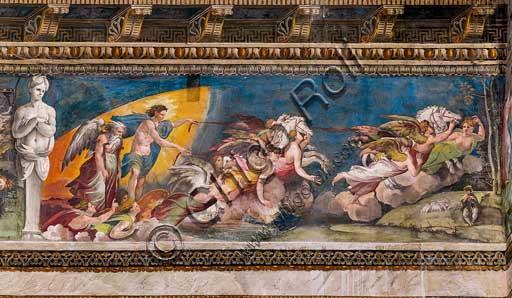
Rome, Villa Farnesina, The Hall of Perspectives: the ample f...
add to lightbox
20225_0112.jpg
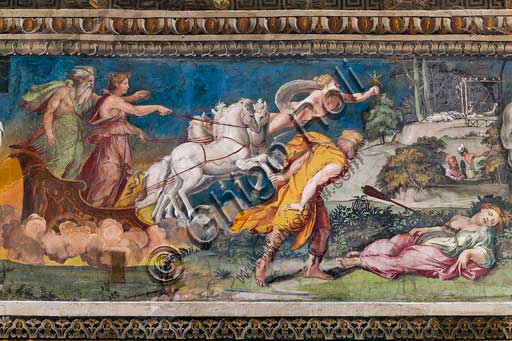
Rome, Villa Farnesina, The Hall of Perspectives: the ample f...
add to lightbox
20225_0111.jpg
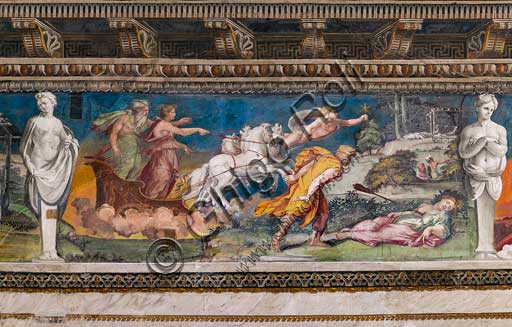
Rome, Villa Farnesina, The Hall of Perspectives: the ample f...
add to lightbox
20225_0109.jpg
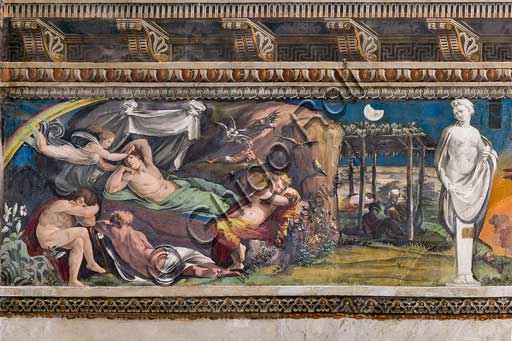
Rome, Villa Farnesina, The Hall of Perspectives: the ample f...
add to lightbox
20225_0108.jpg
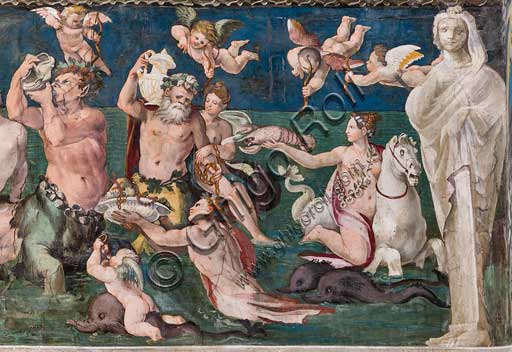
Rome, Villa Farnesina, The Hall of Perspectives: the ample f...
add to lightbox
20225_0107.jpg
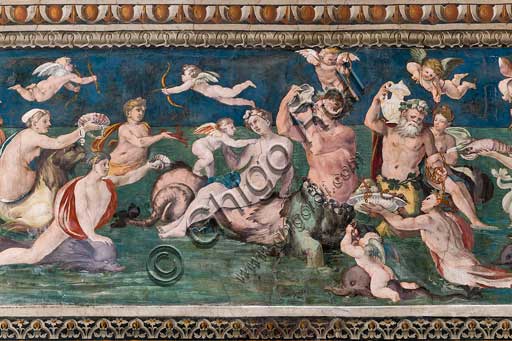
Rome, Villa Farnesina, The Hall of Perspectives: the ample f...
add to lightbox
20225_0106.jpg
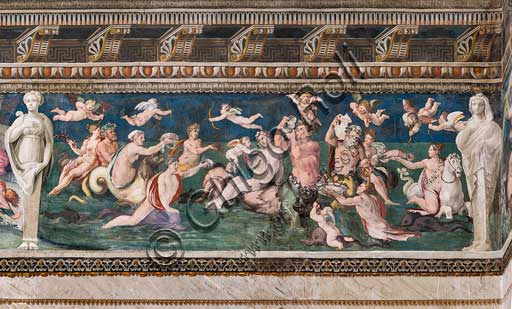
Rome, Villa Farnesina, The Hall of Perspectives: the ample f...
add to lightbox
20225_0105.jpg
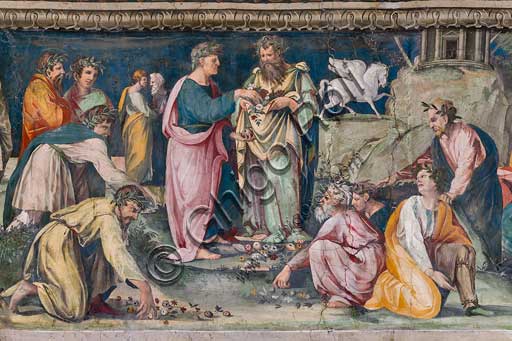
Rome, Villa Farnesina, The Hall of Perspectives: the ample f...
add to lightbox
20225_0104.jpg
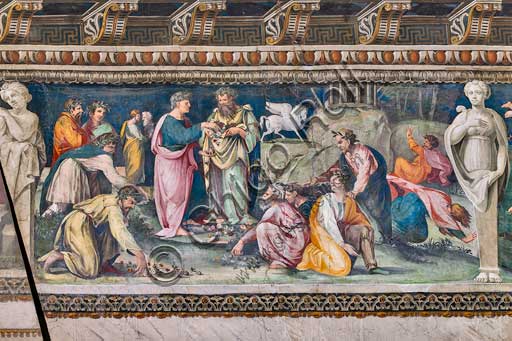
Rome, Villa Farnesina, The Hall of Perspectives: the ample f...
add to lightbox
20225_0103.jpg
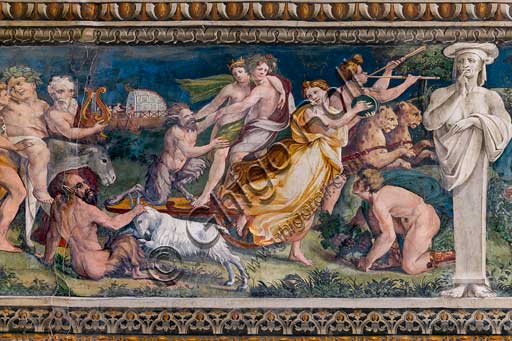
Rome, Villa Farnesina, The Hall of Perspectives: the ample f...
add to lightbox
20225_0102.jpg
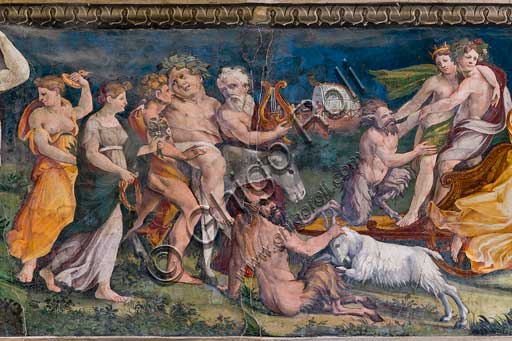
Rome, Villa Farnesina, The Hall of Perspectives: the ample f...
add to lightbox
20225_0100.jpg
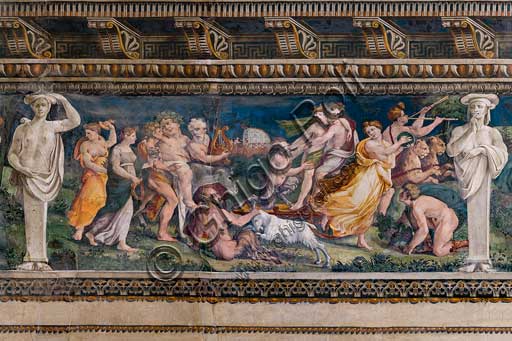
Rome, Villa Farnesina, The Hall of Perspectives: the ample f...
add to lightbox
20225_0099.jpg
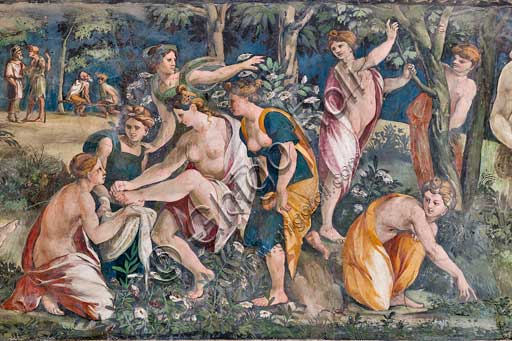
Rome, Villa Farnesina, The Hall of Perspectives: the ample f...
add to lightbox
20225_0096.jpg
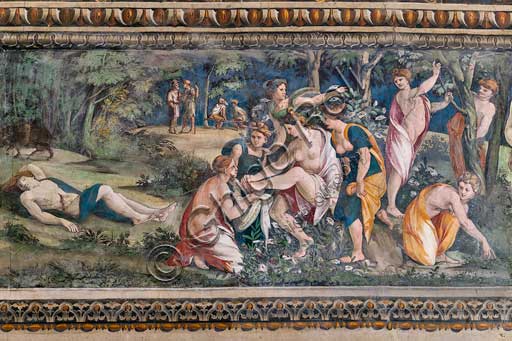
Rome, Villa Farnesina, The Hall of Perspectives: the ample f...
add to lightbox
20225_0094.jpg
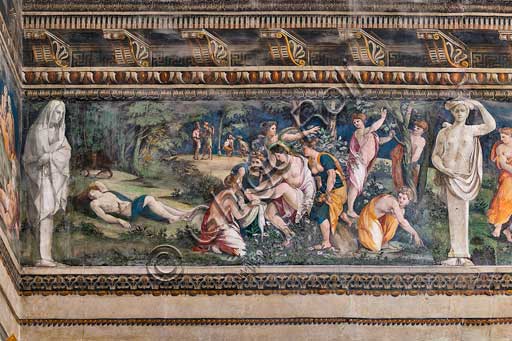
Rome, Villa Farnesina, The Hall of Perspectives: the ample f...
add to lightbox
20225_0093.jpg
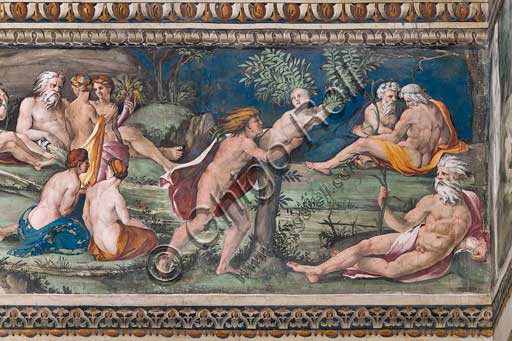
Rome, Villa Farnesina, The Hall of Perspectives: the ample f...
add to lightbox
20225_0092.jpg
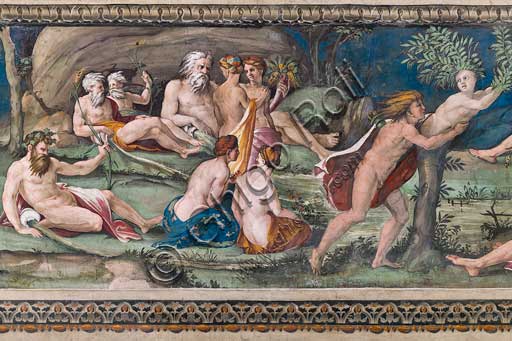
Rome, Villa Farnesina, The Hall of Perspectives: the ample f...
add to lightbox
20225_0091.jpg
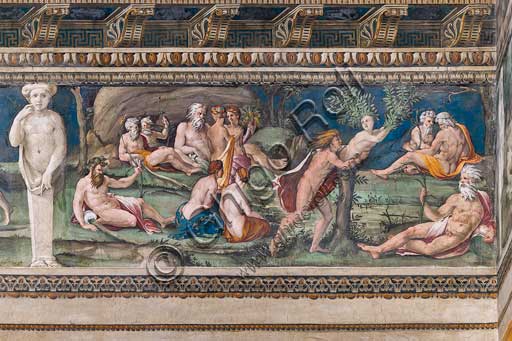
Rome, Villa Farnesina, The Hall of Perspectives: the ample f...
add to lightbox
20225_0090.jpg
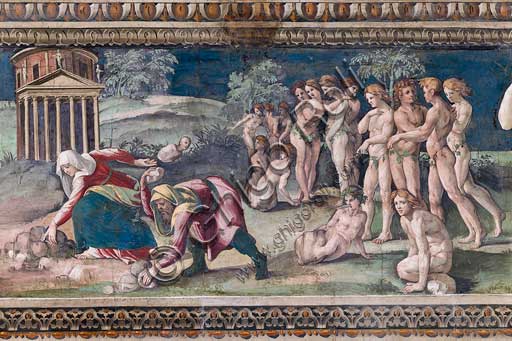
Rome, Villa Farnesina, The Hall of Perspectives: the ample f...
add to lightbox
20225_0089.jpg
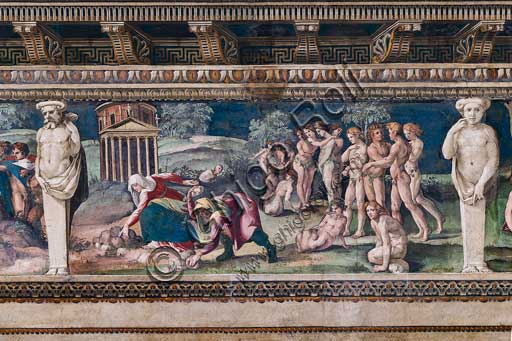
Rome, Villa Farnesina, The Hall of Perspectives: the ample f...
add to lightbox
20225_0088.jpg
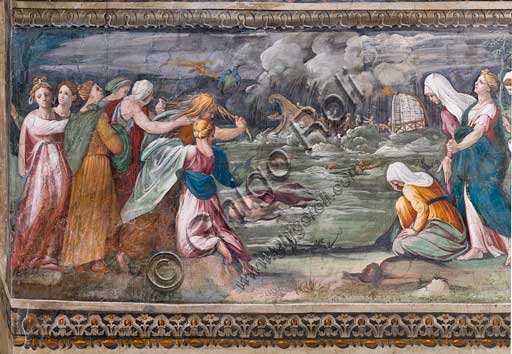
Rome, Villa Farnesina, The Hall of Perspectives: the ample f...
add to lightbox
20225_0087.jpg
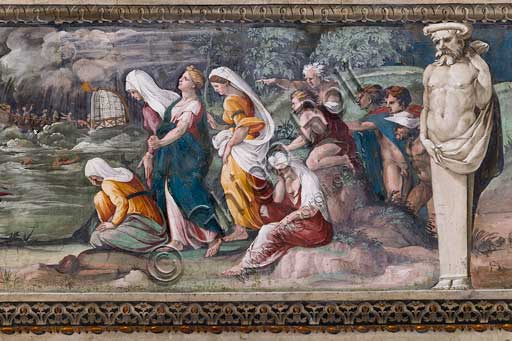
Rome, Villa Farnesina, The Hall of Perspectives: the ample f...
add to lightbox
20225_0085.jpg
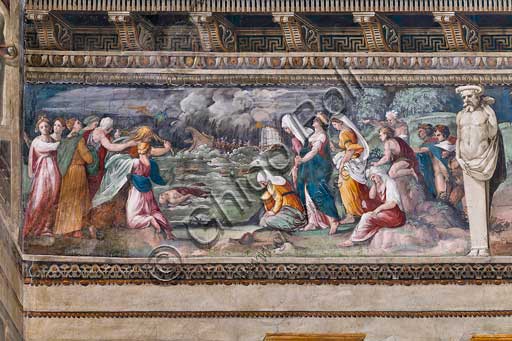
Rome, Villa Farnesina, The Hall of Perspectives: the ample f...
add to lightbox
20225_0082.jpg
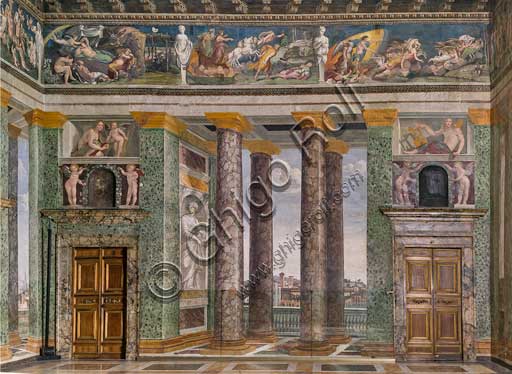
Rome, Villa Farnesina: The Hall of Perspectives, representin...
add to lightbox
20225_0063.jpg
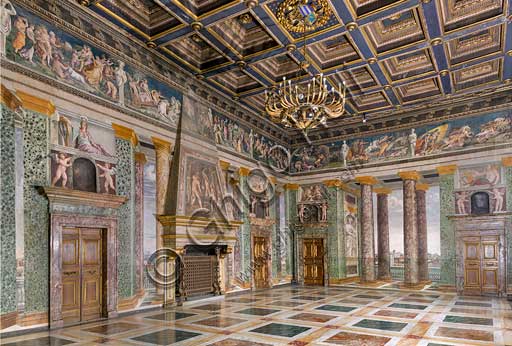
Rome, Villa Farnesina: The Hall of Perspectives, representin...
add to lightbox
20225_0050.jpg
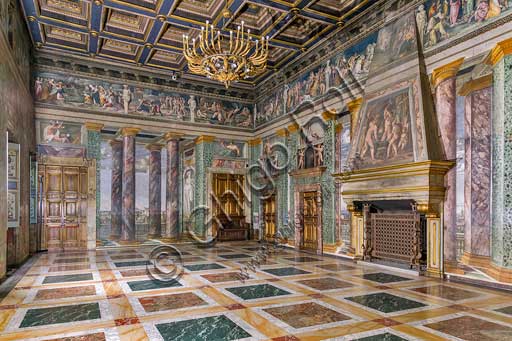
Rome, Villa Farnesina: The Hall of Perspectives, representin...
add to lightbox
20225_0042.jpg
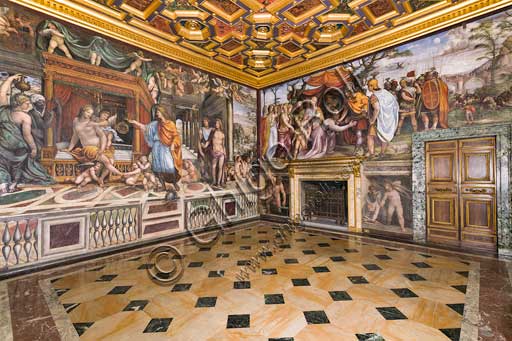
Rome, Villa Farnesina: Alexander's Room (or The Chigi Weddin...
add to lightbox
20225_0033.jpg
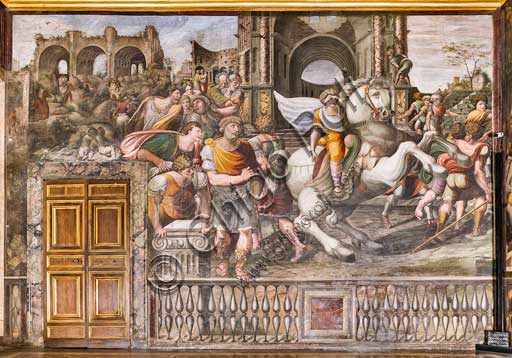
Rome, Villa Farnesina, Alexander's Room (or The Chigi Weddin...
add to lightbox
20225_0025.jpg
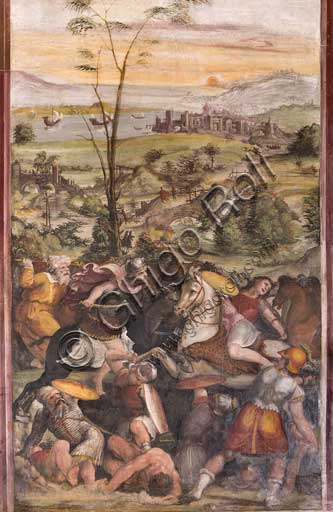
Rome, Villa Farnesina, Alexander's Room: "Battle of Issus",...
add to lightbox
20225_0023.jpg
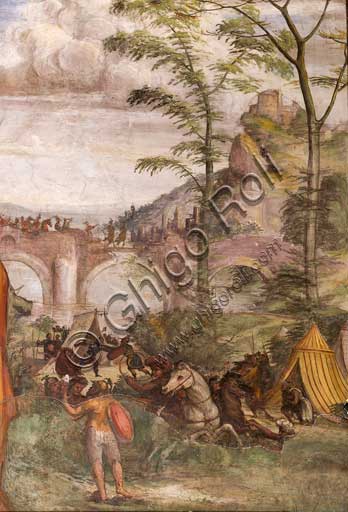
Rome, Villa Farnesina, Alexander's Room (or The Chigi Weddin...
add to lightbox
20225_0022.jpg
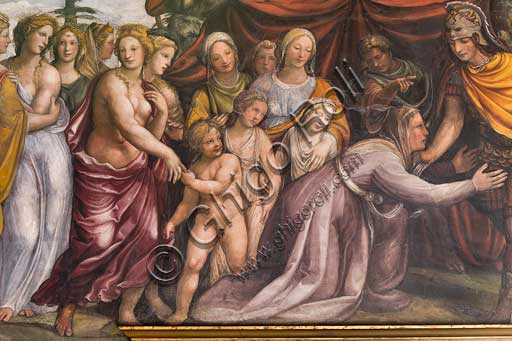
Rome, Villa Farnesina, Alexander's Room (or The Chigi Weddin...
add to lightbox
20225_0020.jpg
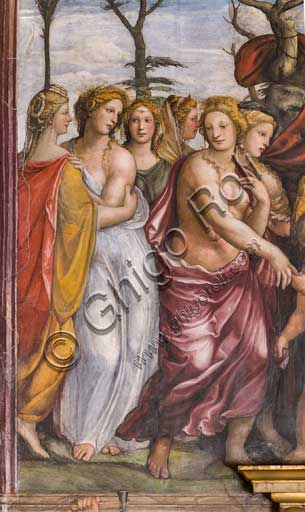
Rome, Villa Farnesina, Alexander's Room (or The Chigi Weddin...
add to lightbox
20225_0017.jpg
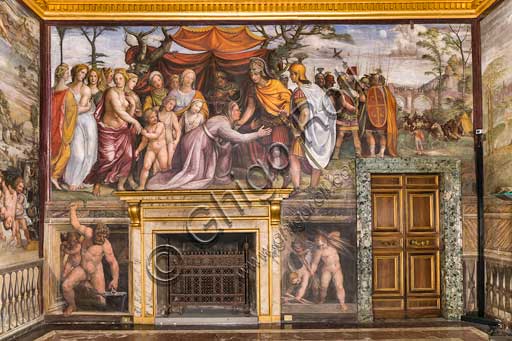
Rome, Villa Farnesina, Alexander's Room (or The Chigi Weddin...
add to lightbox
20225_0012.jpg
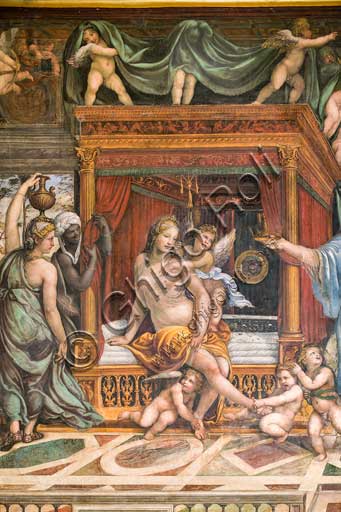
Rome, Villa Farnesina, Alexander's Room (or The Chigi Weddin...
add to lightbox
20225_0011.jpg
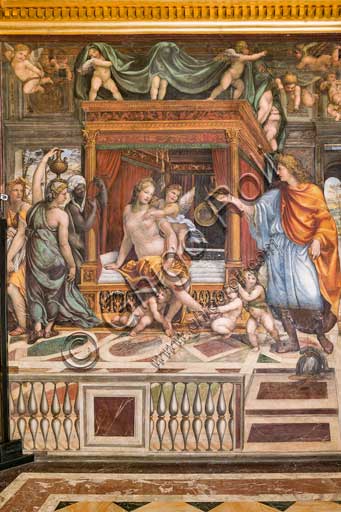
Rome, Villa Farnesina, Alexander's Room (or The Chigi Weddin...
add to lightbox
20225_0004.jpg
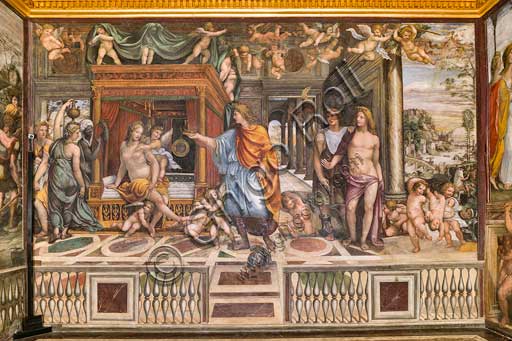
Rome, Villa Farnesina, Alexander's Room (or The Chigi Weddin...
add to lightbox